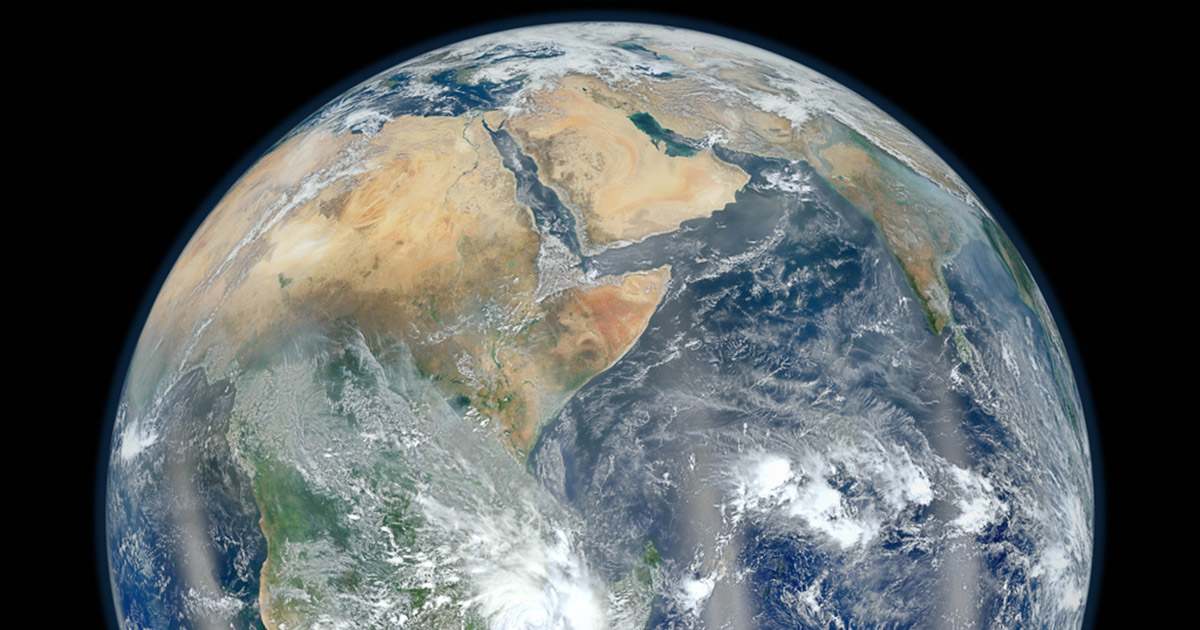
Adapted from a news release by Stanford University. Read the full release here.
A new study says that emission goals designed to achieve the world’s most ambitious climate target – 1.5 degrees Celsius above pre-industrial levels – may in fact be required to avoid even more extreme climate change of 2 degrees Celsius.

The study, published Jan. 30 in Proceedings of the National Academy of Sciences, is co-authored by Elizabeth Barnes, professor in the Department of Atmospheric Science at Colorado State University. Her analysis with Noah Diffenbaugh of Stanford University provides new evidence that global warming is on track to reach 1.5 degrees Celsius (2.7 degrees Fahrenheit) above pre-industrial averages in the early 2030s, regardless of how much greenhouse gas emissions rise or fall in the coming decade.
The new “time to threshold” estimate results from an analysis that employed artificial intelligence to predict climate change using recent temperature observations from around the world.
Crossing the 1.5- and 2- degree Celsius thresholds would mean failing to achieve the goals of the 2015 Paris Agreement, in which countries pledged to keep global warming to “well below” 2 degrees Celsius above pre-industrial levels, while pursuing the more ambitious goal of limiting warming to 1.5 degrees Celsius.
Previous assessments have used global climate models to simulate future warming trajectories; statistical techniques to extrapolate recent warming rates; and carbon budgets to calculate how quickly emissions will need to decline to stay below the 2015 Paris Agreement targets.
For their new estimates, Barnes and Diffenbaugh used a type of artificial intelligence known as a neural network, which they trained on the vast archive of outputs from widely used global climate model simulations.
Barnes’s research at CSU is aimed at explainable AI for earth science, climate intervention, and large-scale atmospheric dynamics. For this latest study, she was able to “get creative” and expand her thinking on how to craft a neural network task toward critical climate science questions.
“For example, instead of asking ‘When will we reach 2 degrees Celsius under a certain scenario,’ we asked the network, ‘How many years until we reach 2 degrees Celsius under a certain climate scenario?’” Barnes said. “Changing the network’s task in such a subtle way was fundamental to our approach and allowed us to better verify the results.”
The paper is titled “Data-driven predictions of the time remaining until critical global warming thresholds are reached”.